Of all the courses that I’ve documented on here, the one with which I probably have the longest history is the University of Michigan. I’ve been playing here for 20 years, since I started (or maybe even before—I can’t remember) as an undergrad here in the fall of 2003. Around that time, I had really wanted to play the course and was excited to finally have the opportunity because it was, and remained until recently, a private course. My initial view: very nice course, but nothing special. I didn’t prefer it to some of the other (at the time) top Michigan courses that I had played, like the Fazio Course at Treetops or Tom Doak’s Black Forest.
But the U of M course has gotten a lot of attention in recent years. Mike DeVries has done some work, taking out trees and bushes and expanding a few greens. And it’s gotten attention from the new set of social golf course influencers, namely the guys at No Laying Up on their Michigan tour. They and several of the guys I play with in Michigan love the course. The pedigree is certainly there; it’s a MacKenzie—Maxwell design on an interesting, hilly piece of property. And it has a fine set of greens including two unusual, sort-of horseshoe shaped greens on 6 and 14 that wind around a bunker.
Yet in the 20 years that I’ve been playing it, I’ve had one opinion of the course, which I’m now pretty convinced is unshakable, at least for the course in its current form: it’s a good golf course with a few very interesting greens and nice terrain, but nothing more. There are some good holes, but none stands out to me as a great one. And the trees, while not as bad as they used to be, are still awful. Several holes are made worse (in some cases substantially) by trees being way too close to the fairway (3,4,11,16,17). For all the talk of MacKenzie, Maxwell, and strategy, there’s mainly one thing that you need to do here and you need to do it on pretty much every hole: just hit the ball straight down the fairway. It’s occasionally a bit more complicated than that, but usually not.
I mentioned that the greens are pretty good and they are. A few are very interesting including the two horseshoe greens nos. 6 and 14 plus the greens on 4, 10, and 2 (if I’m being generous). The rest are good, but nothing special (I’ll get to the 3rd). And the bunkers definitely suggest MacKenzie—Maxwell in their shapes, but have none of the dramatic height/depth of their more famous works. I don’t know if that’s because they’ve become degraded over time and need to be restored or if they just didn’t build wild bunkers here perhaps because of the heavier soil. In any case the bunkering is good, but leaves something to be desired stylistically (and often in placement).
Some very knowledgable people think that I’m crazy for just thinking that this is a good course, but I know several others who share my views. In fact, until recently, this seemed to be the consensus: good course, maybe one of the better ones in Michigan, but nothing special, at least until they do a serious restoration. That was my view the first time I saw it and—despite a few years between visits and the belief each time I return that something will click for me and the greatness of the course will be revealed—it remains my view.
The first is a solid par 5. You can swing away off the tee because the bunker on the left is either too far out or you’re playing the wrong tees. The bigger issue is that two very ugly Siberian Elms (this species should be eradicated) in the right rough can partially block you if you push it.
But the U of M course has gotten a lot of attention in recent years. Mike DeVries has done some work, taking out trees and bushes and expanding a few greens. And it’s gotten attention from the new set of social golf course influencers, namely the guys at No Laying Up on their Michigan tour. They and several of the guys I play with in Michigan love the course. The pedigree is certainly there; it’s a MacKenzie—Maxwell design on an interesting, hilly piece of property. And it has a fine set of greens including two unusual, sort-of horseshoe shaped greens on 6 and 14 that wind around a bunker.
Yet in the 20 years that I’ve been playing it, I’ve had one opinion of the course, which I’m now pretty convinced is unshakable, at least for the course in its current form: it’s a good golf course with a few very interesting greens and nice terrain, but nothing more. There are some good holes, but none stands out to me as a great one. And the trees, while not as bad as they used to be, are still awful. Several holes are made worse (in some cases substantially) by trees being way too close to the fairway (3,4,11,16,17). For all the talk of MacKenzie, Maxwell, and strategy, there’s mainly one thing that you need to do here and you need to do it on pretty much every hole: just hit the ball straight down the fairway. It’s occasionally a bit more complicated than that, but usually not.
I mentioned that the greens are pretty good and they are. A few are very interesting including the two horseshoe greens nos. 6 and 14 plus the greens on 4, 10, and 2 (if I’m being generous). The rest are good, but nothing special (I’ll get to the 3rd). And the bunkers definitely suggest MacKenzie—Maxwell in their shapes, but have none of the dramatic height/depth of their more famous works. I don’t know if that’s because they’ve become degraded over time and need to be restored or if they just didn’t build wild bunkers here perhaps because of the heavier soil. In any case the bunkering is good, but leaves something to be desired stylistically (and often in placement).
Some very knowledgable people think that I’m crazy for just thinking that this is a good course, but I know several others who share my views. In fact, until recently, this seemed to be the consensus: good course, maybe one of the better ones in Michigan, but nothing special, at least until they do a serious restoration. That was my view the first time I saw it and—despite a few years between visits and the belief each time I return that something will click for me and the greatness of the course will be revealed—it remains my view.
The first is a solid par 5. You can swing away off the tee because the bunker on the left is either too far out or you’re playing the wrong tees. The bigger issue is that two very ugly Siberian Elms (this species should be eradicated) in the right rough can partially block you if you push it.
It’s a simple layup as long as you don’t try to get within 75 yards of the green. The green is small but interesting; high in the center, sloping gently to its sides. Good starting hole with a subtle, but good green.
One of the shots that’s always stood out to me at U of M is the drive on the medium-long par 4 second. It’s straight uphill and blind; definitely not the type of shot you typically find on a US public course. It’s a very good driving hole because if you can get it about 250, you’ll hit the downslope and just have a short iron. But like many holes here, it’s not that wide and it doesn’t take much of a push to end up behind a landscaping tree on the right or a pull to end up in the junk on the left.
The par 5 third seems to be a favorite, mostly for its green site. I think that my favorite part is the drive. Again it’s pretty simple—you’ll be fine if you just hit it straight because you can’t go for the green in two. But there’s a decision to made about carrying the bunker on the right (225-240 depending on where they put the tips) and it’s better to be up the right side because it leaves a clearer view for the second.
The next two shots can be very awkward and it’s best to keep things simple. Unless you drive it 330 and get a mid or long iron into the green, don’t even think about going for it. Just hit a mid-iron straight ahead to the end of the fairway. If you try to cut the corner, you’ll end up in the spruce trees of death and spend 10 minutes looking for your ball…like one of my playing partners did when I played here once back in college.
The approach is uphill to a green benched on the side of a hill. A lot of people seem to love this green. I don’t understand why. Of everywhere in the immediate area where you could put a green, this looks like the worst spot, halfway up a hill requiring the construction of a massive ledge. To be fair, once you’re up there, the green itself is interesting, with a nasty little tier at the front-right.
But I’ve never been a fan of this green site and despite writing three paragraphs about it, I just don’t find this hole all that interesting. Yes it’s a good driving hole, but everything else is just awkward.
But I’ve never been a fan of this green site and despite writing three paragraphs about it, I just don’t find this hole all that interesting. Yes it’s a good driving hole, but everything else is just awkward.
I’ve always liked the fourth hole but the encroaching trees on the right are a big problem. One thing that I always thought they’d do in a restoration here is remove the rough over the fairway bunker 40 yards short of the green so that you could run the ball on. Still haven’t done it. The green is very good; big with a lot of little rolls. But I’m not as impressed by it as I used to be and this is one hole that I think could (and should) be a lot better.
Five is a nice medium-length par 3 that used to be surrounded by big oak trees. I heard they lost those to disease or maybe a storm. It’s a very nice hole either way, with a green like one that has a high point in the middle and runs off to the sides.
Six is U of M’s most famous hole; the short par 4 with the horseshoe green. I’ve always liked this hole, but now I’m pretty sure that I don’t love it. It’s pretty easy if the pin is in the front because the green slopes toward most of the pin placements. It’s much more difficult and interesting if the pin is in the back. But unlike the superior horseshoe 7th green at Crystal Downs, you can’t putt from much of the front part to the back part. Vice versa works, but why would you ever be at the back of the green if the pin is in the front?
The downhill, yet blind medium-short par 4 seventh always gives people trouble. It’s easy to end up in the trees left and if you push it a little, a slope right of the fairway will push you toward junk/landscape trees right. Just pull an iron and hit it straight.
I’ve always liked the uphill par 3 eighth, which is probably my favorite of the course’s par 3s (I tend to like uphill par 3s). I think it’s a much more appealing hillside green site than the third and the bunkering is well-done, if nothing too special.
The par 4 ninth is one of the course’s better driving holes but it’s deceptive. You’d think that you’d want to skirt the fairway bunkers but no, the angle into the green is better from the right side of the fairway, near Ohio Buckeye trees. I’m a big fan of the Ohio Buckeye as a landscape tree but I have no idea why they planted so many of them here and at Radrick Farms. Maybe the tree farm guy was a closet Ohio State fan?
Ten is an uninteresting uphill drive and while the approach also isn’t too interesting, the green is. It’s big and receptive, but with a lot of little ridges. The pin placement on this day was in a little bowl at the back.
The par 5 eleventh exemplifies the main problem with U of M: too many trees too close to the fairway. And U of M probably has the worst planted species of any course that I’ve seen. Left of this fairway are Dawn Redwoods from China and Norway Spruce. These are awful tree species for a golf course because they suck up balls and completely block shots. As silly as it was to plant the symbol of their chief rival on their golf course, at least the Ohio Buckeye is native in the area.
Twelve is the course’s long par 3 and I guess it’s pretty good; there’s ample room to run the ball onto the green. But I’ve never seen the course play firm enough for this to work and I think that the ridge at the front-right is a bit too steep. It’s never been one of my favorite long par 3s.
The short par 4 thirteenth is more interesting and I did something that I’ve never done before on my most recent playing: play from the back tee that’s tucked into the trees. Really, it’s a good hole from anywhere because the massive fairway bunker on the left side makes you think about what you want to do with your drive. It’s easy just to lay up short and you’ll still have a short approach if you do. But there’s an advantage in taking it on as you can have a very short pitch. The green is a bit big and dull for it to be a great hole, but it is a good one.
Fourteen is the other horseshoe par 3. It’s a very nice green but I’m not sure that the horseshoe is contributing too much here; I’d probably like the hole more if the green were just the back two-thirds. That front part isn’t doing anything for me.
Fifteen is another medium-length par 4 and one that I’ve come to appreciate more over the years. It’s a very good hole because it makes you do something from the tee, namely keep your drive close to the spruce trees on the left. There’s a lot of room out to the right but the approach to the green is very awkward from there because it angles from front-left to back-right along a bunker.
Still, it’s a bit ironic that the main reason that this hole is good is because of spruce trees. The trees make it good because they can knock your ball out of the area and you can end up dead underneath them. That introduces much more risk to going up the left side than if there were deciduous trees or bunkers.
Still, it’s a bit ironic that the main reason that this hole is good is because of spruce trees. The trees make it good because they can knock your ball out of the area and you can end up dead underneath them. That introduces much more risk to going up the left side than if there were deciduous trees or bunkers.
I don’t think that any of the last three holes here is on anyone’s list of favorites. Sixteen and seventeen are both straight-away par 4s with drives excessively cluttered by trees. The trees on seventeen are the worst on the course. Trees between the fairways completely obscure a very interesting joint fairway bunker.
A lot of people seem to like eighteen even less, but I’ve never minded it. I’ve always thought that it was a pretty good driving hole. If you keep it less than 260 from the tips, the fairway is huge. If you want to go further than that, you have to hit it straight. But you can’t go much further because the pond is about 325 out. Nothing about the approach is very inspiring, but it’s a solid long par 4 finisher.
So there’s my take on U of M. There’s a lot to like about the course; several good greens, a few very good holes, generally interesting terrain. But there really isn’t a moment here where I feel that the course is giving me something special. I don’t think that there are any great holes. And the trees, despite many being removed over the years, are still really bad. I can’t think of a course that has a worse collection of tree species than this one—even Forest Akers West at Michigan State, which is an actual arboretum!
I would not rule out that there’s a version of this course that’s a very good or even great course. It’s got the land for it. But that course is a long way off. This one needs a lot of tree removal and a lot of work on the greens and bunkers. I was excited a decade or so back when I heard that Mike DeVries was going to be working on the course. I thought that it would become the course that I hoped it could be. Unfortunately the changes haven’t done much to move the needle with me and I’m afraid that the course isn’t substantively different than it was when I started playing it 20 years ago.
How do I think it compares to other Michigan courses? I definitely prefer its sister course Radrick Farms just up the road. The terrain there is even better and while it may not be Pete Dye’s most strategically interesting course, it’s more interesting than this one. I drew (expected) heat for saying it, but I don’t think that U of M is much better than the crown jewel of Ann Arbor Parks and Recreation’s set of municipal courses, Leslie Park. That course is also on very interesting terrain and save for the fact that the greens aren’t as nuanced and there are 1 or 2 awkward holes, it compares favorably to this one.
For me, U of M doesn’t sniff Michigan’s top 10 public courses. It might be in the 25, but even that’d be close for me. In the greater Detroit area—which is certainly not a repository of the state’s best public courses—it’s probably in the top 5, but that’s it. I prefer 1-18 at Shepherd’s Hollow (but not 19-27) and it’s a close call with Blackheath, the Orchards, and Coyote Preserve. I’d probably take it over Calderone Farms. So that puts it in the 2-5 range; pretty good, but definitely not the lofty company in which some people I know—and whose opinions I respect—would have it.
I would not rule out that there’s a version of this course that’s a very good or even great course. It’s got the land for it. But that course is a long way off. This one needs a lot of tree removal and a lot of work on the greens and bunkers. I was excited a decade or so back when I heard that Mike DeVries was going to be working on the course. I thought that it would become the course that I hoped it could be. Unfortunately the changes haven’t done much to move the needle with me and I’m afraid that the course isn’t substantively different than it was when I started playing it 20 years ago.
How do I think it compares to other Michigan courses? I definitely prefer its sister course Radrick Farms just up the road. The terrain there is even better and while it may not be Pete Dye’s most strategically interesting course, it’s more interesting than this one. I drew (expected) heat for saying it, but I don’t think that U of M is much better than the crown jewel of Ann Arbor Parks and Recreation’s set of municipal courses, Leslie Park. That course is also on very interesting terrain and save for the fact that the greens aren’t as nuanced and there are 1 or 2 awkward holes, it compares favorably to this one.
For me, U of M doesn’t sniff Michigan’s top 10 public courses. It might be in the 25, but even that’d be close for me. In the greater Detroit area—which is certainly not a repository of the state’s best public courses—it’s probably in the top 5, but that’s it. I prefer 1-18 at Shepherd’s Hollow (but not 19-27) and it’s a close call with Blackheath, the Orchards, and Coyote Preserve. I’d probably take it over Calderone Farms. So that puts it in the 2-5 range; pretty good, but definitely not the lofty company in which some people I know—and whose opinions I respect—would have it.
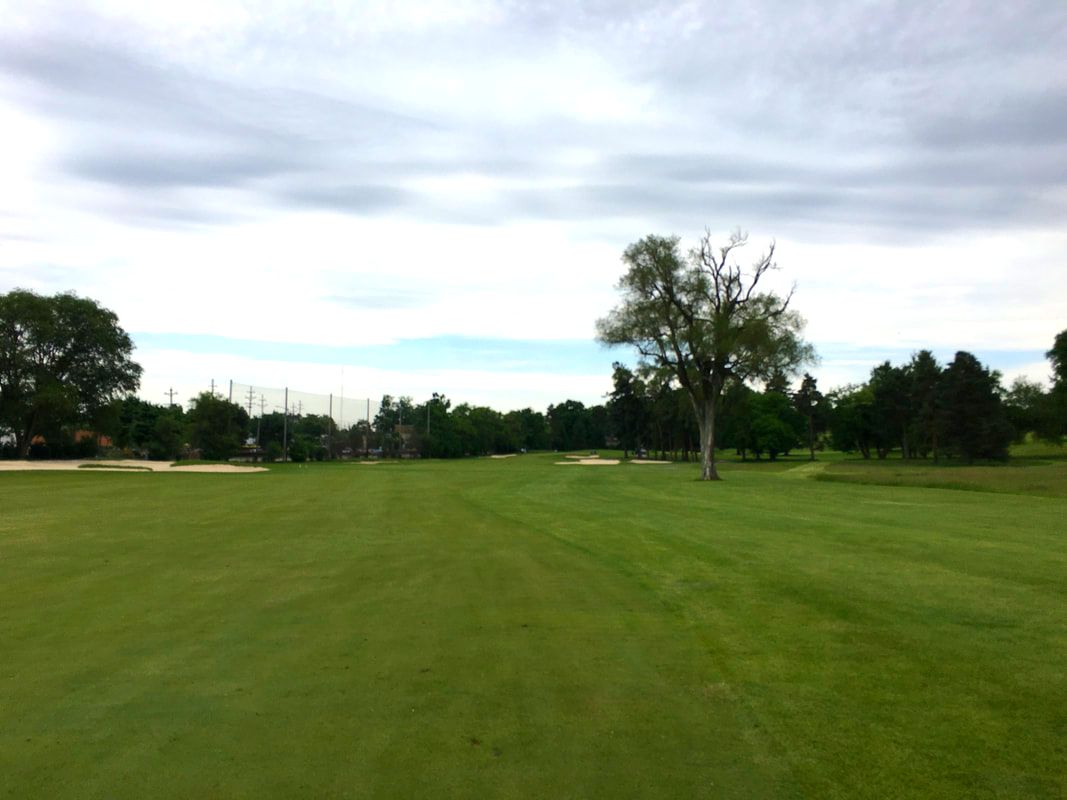
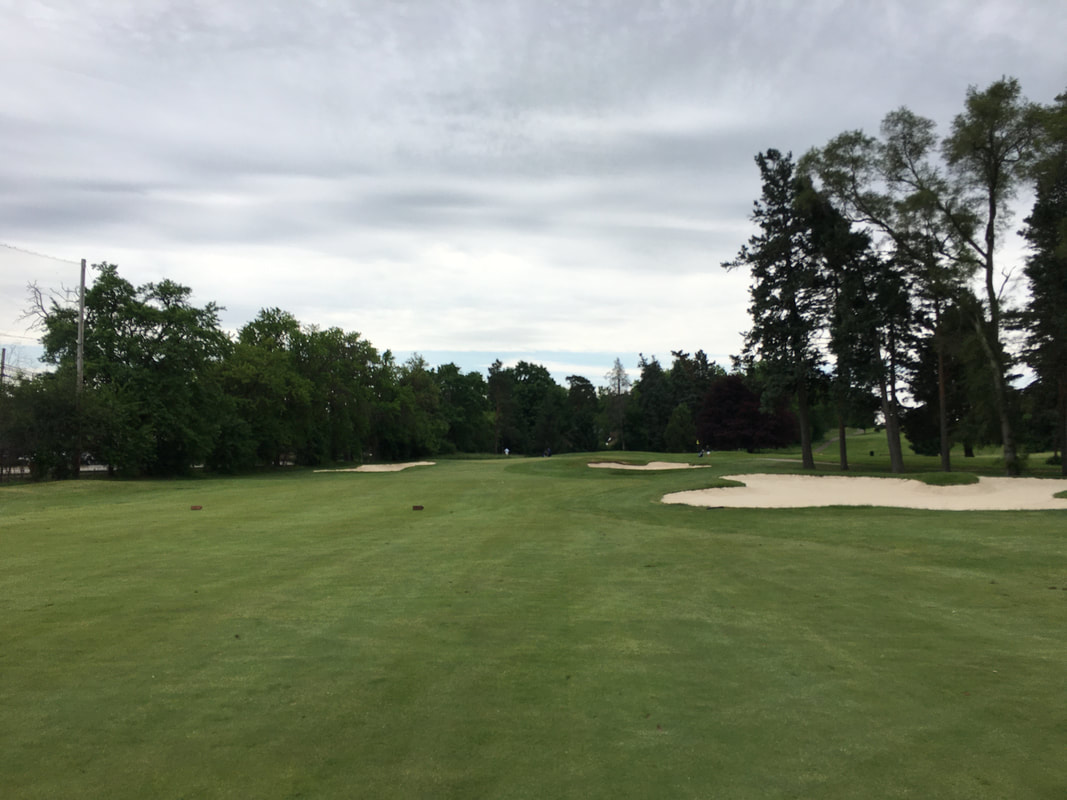
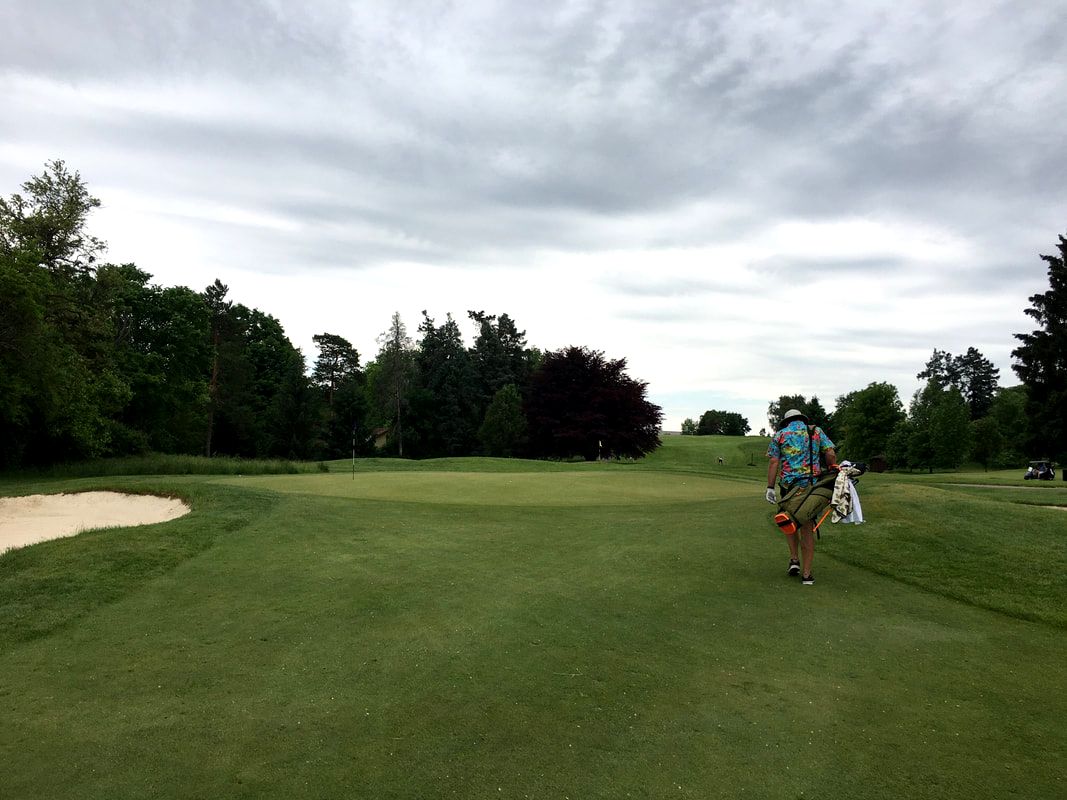
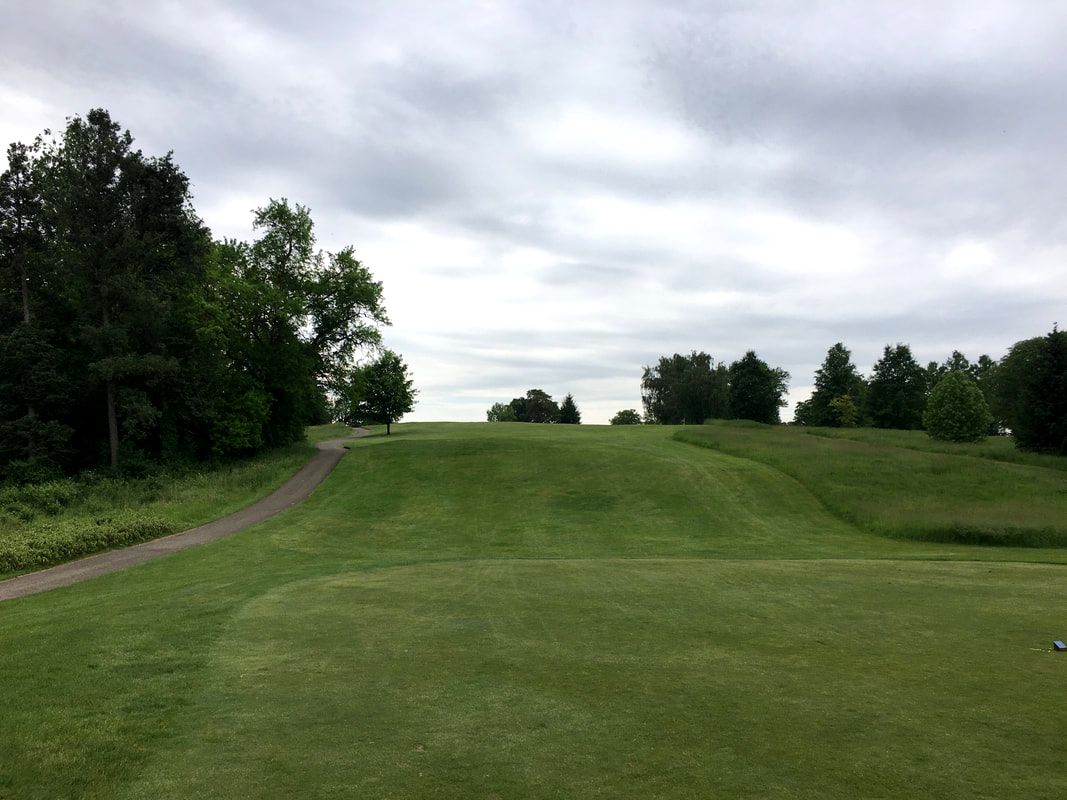
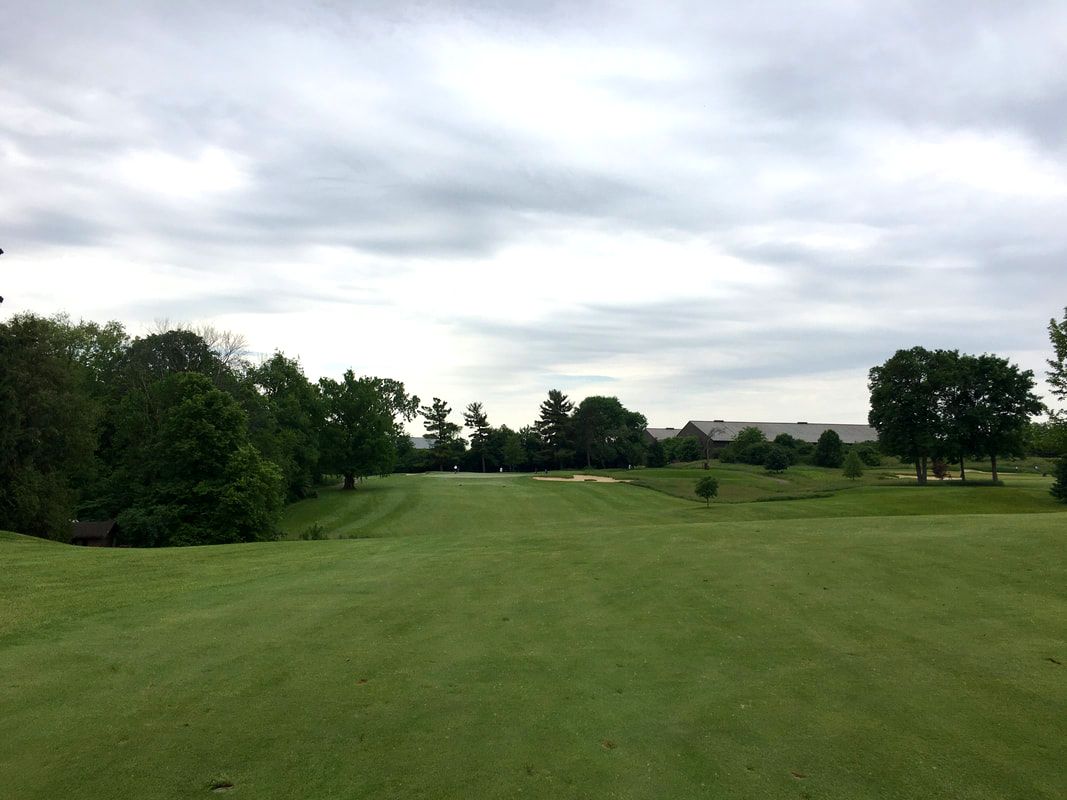
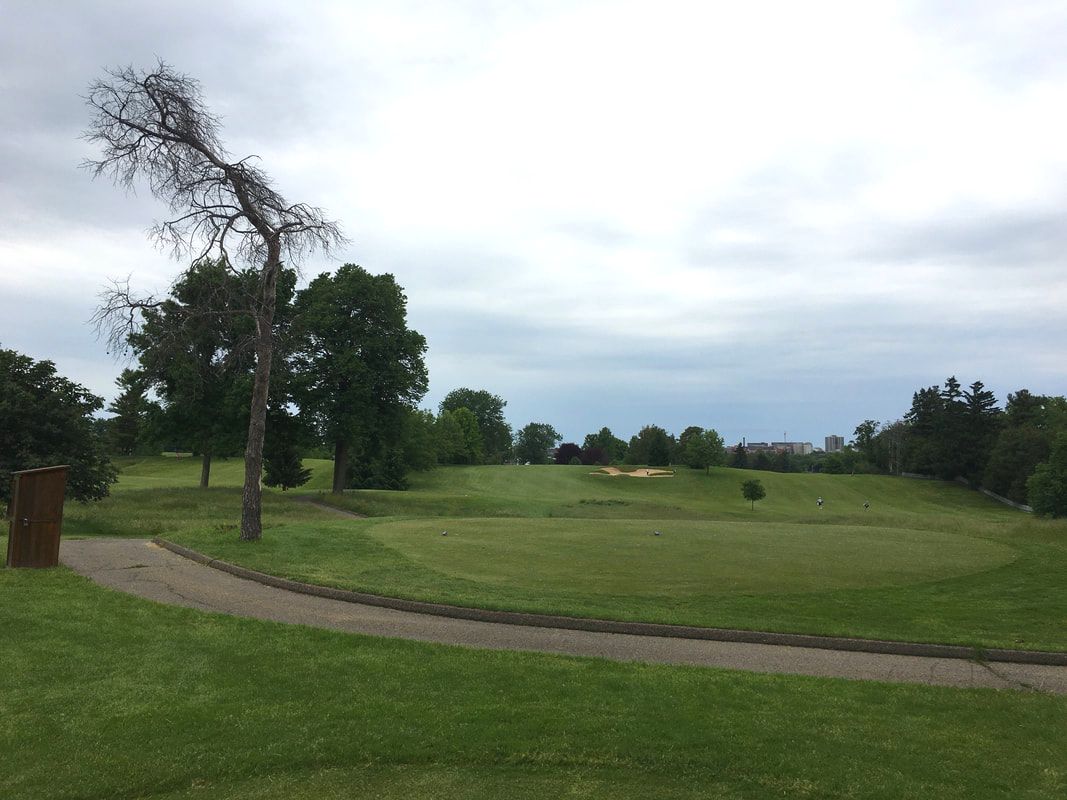
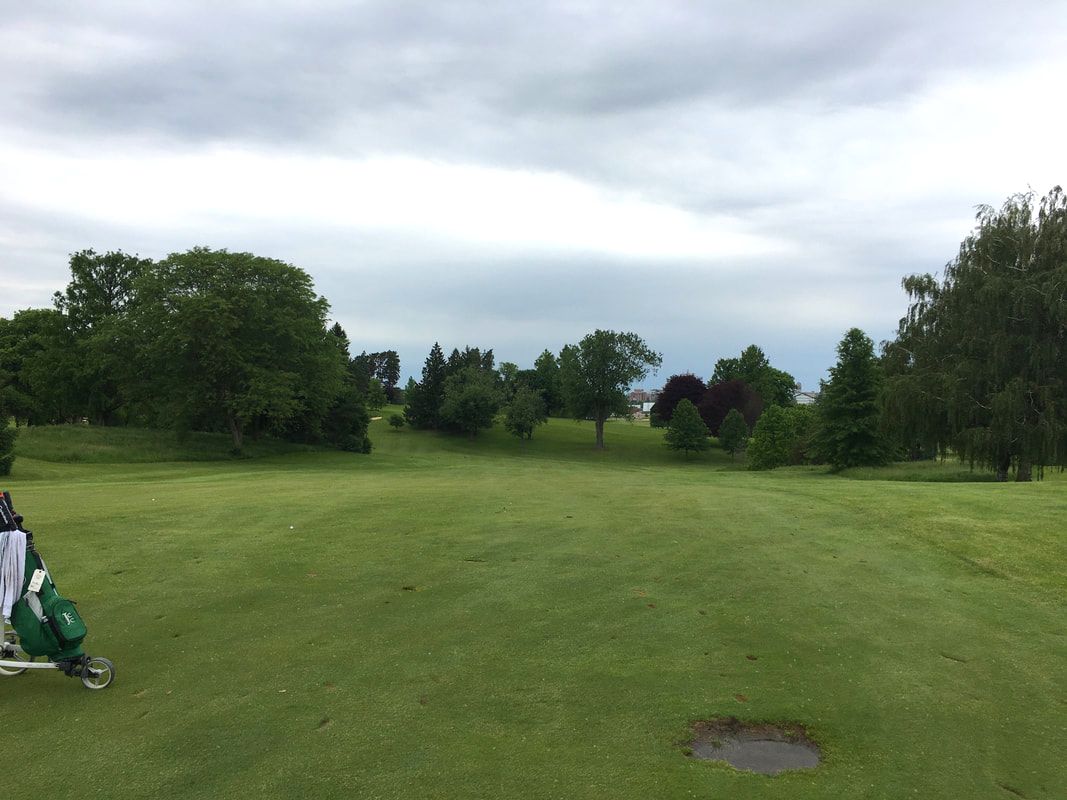
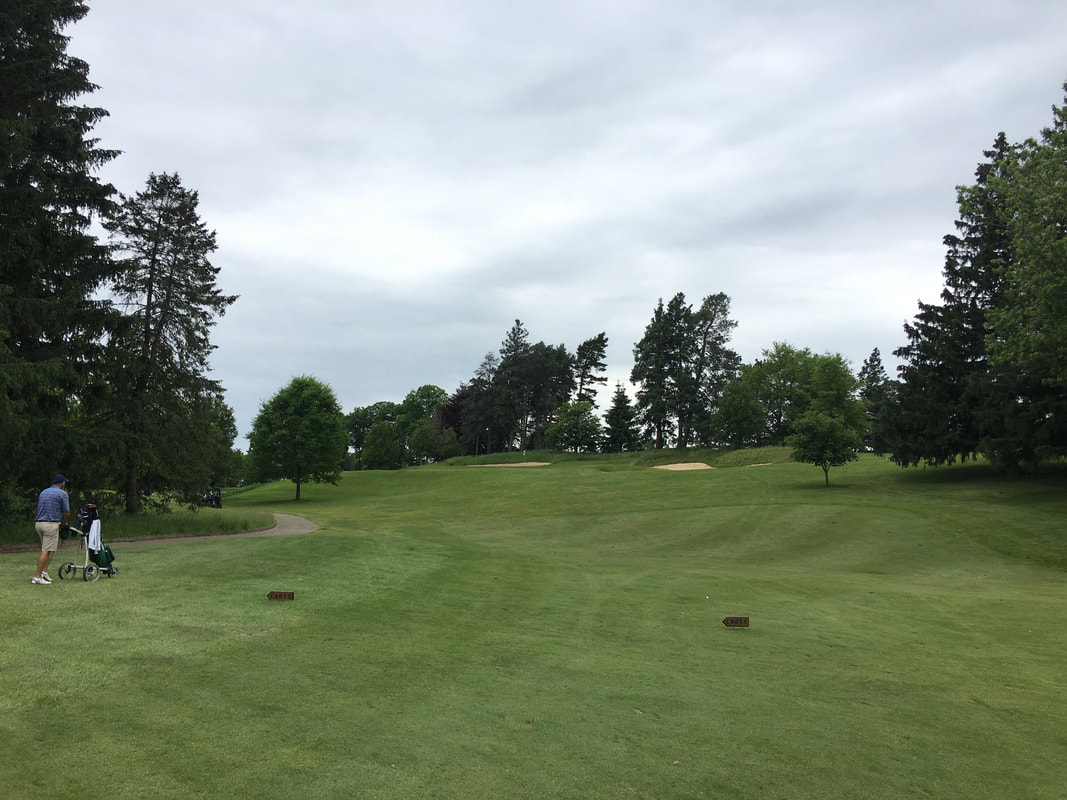
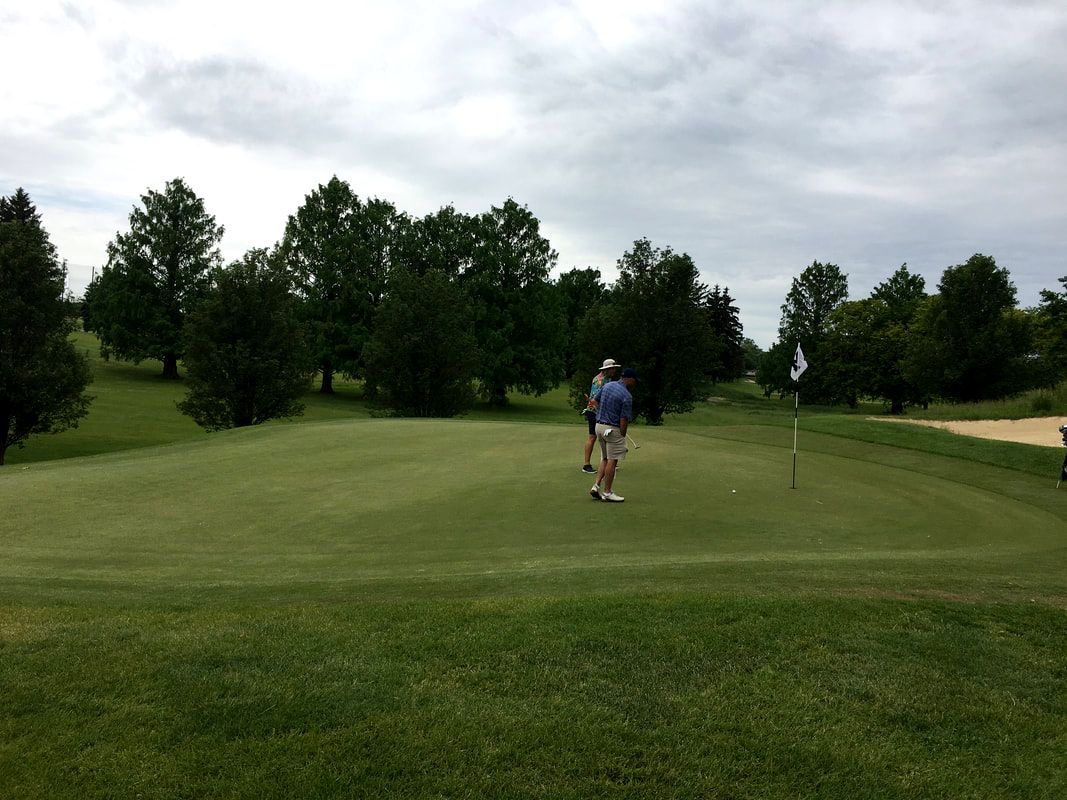
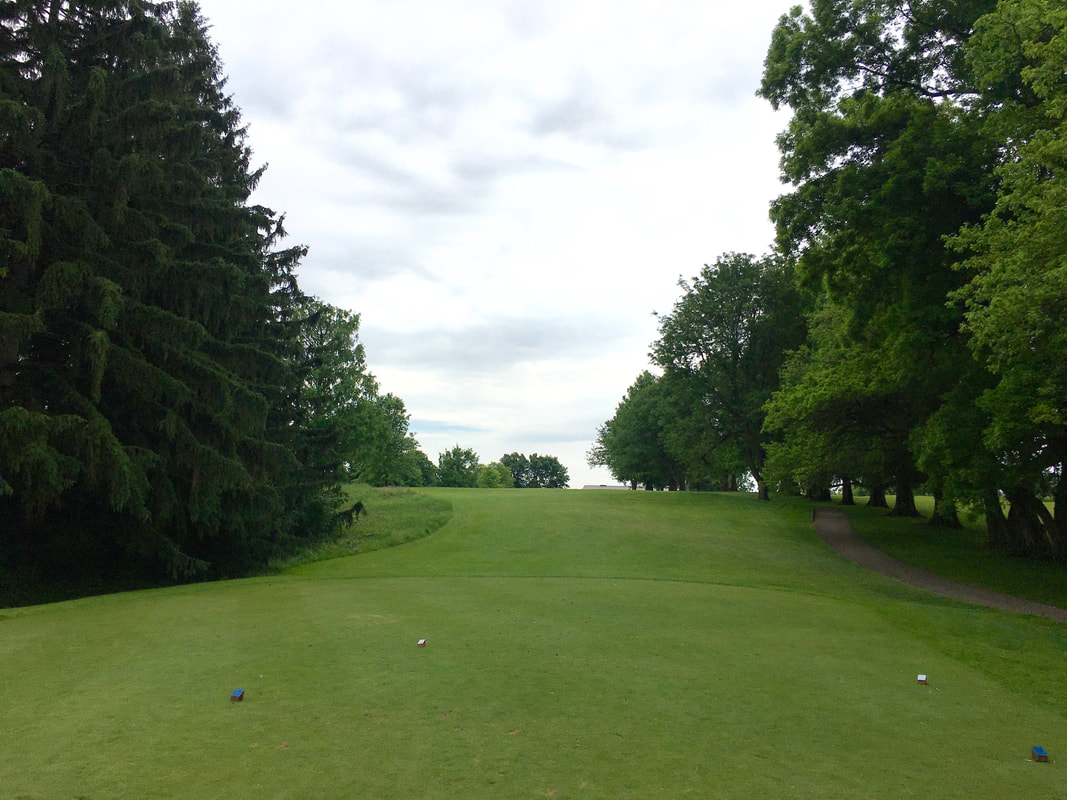

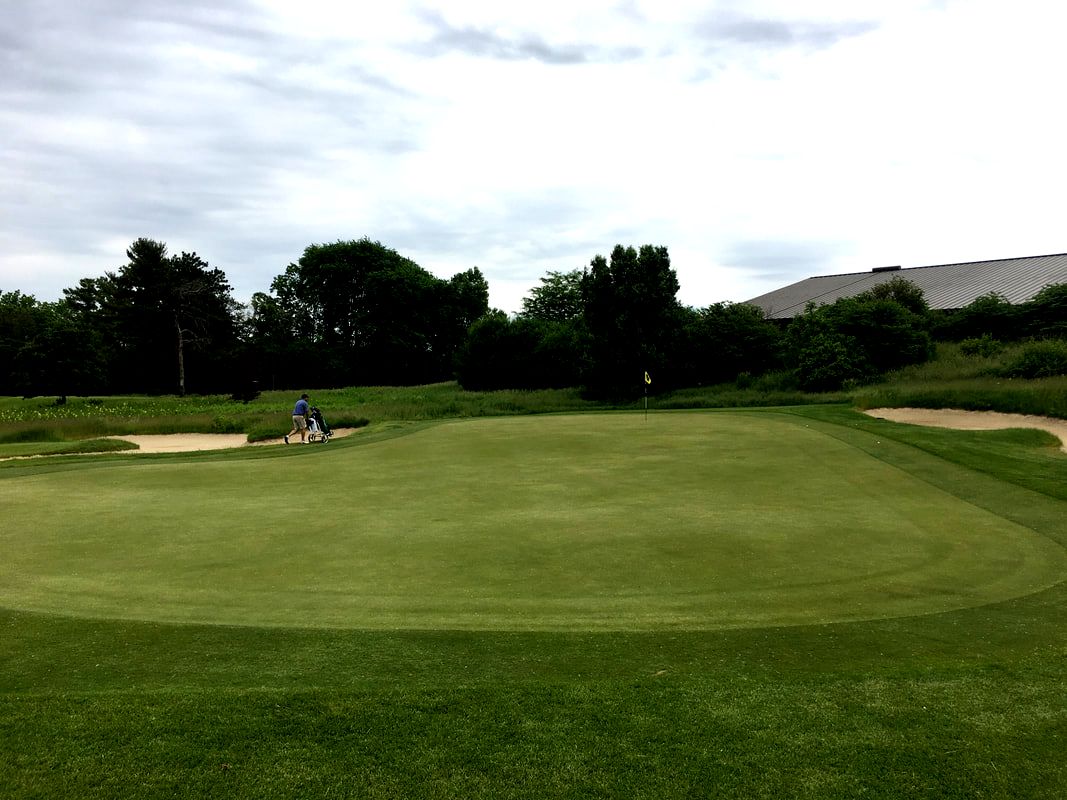
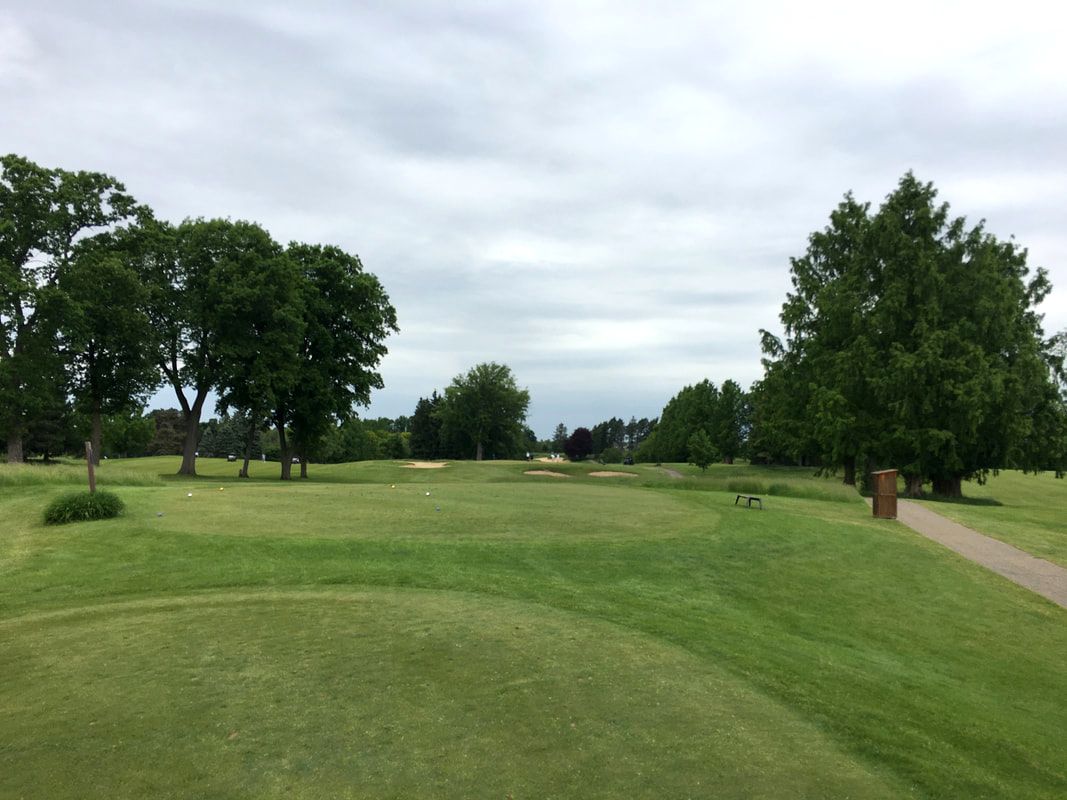
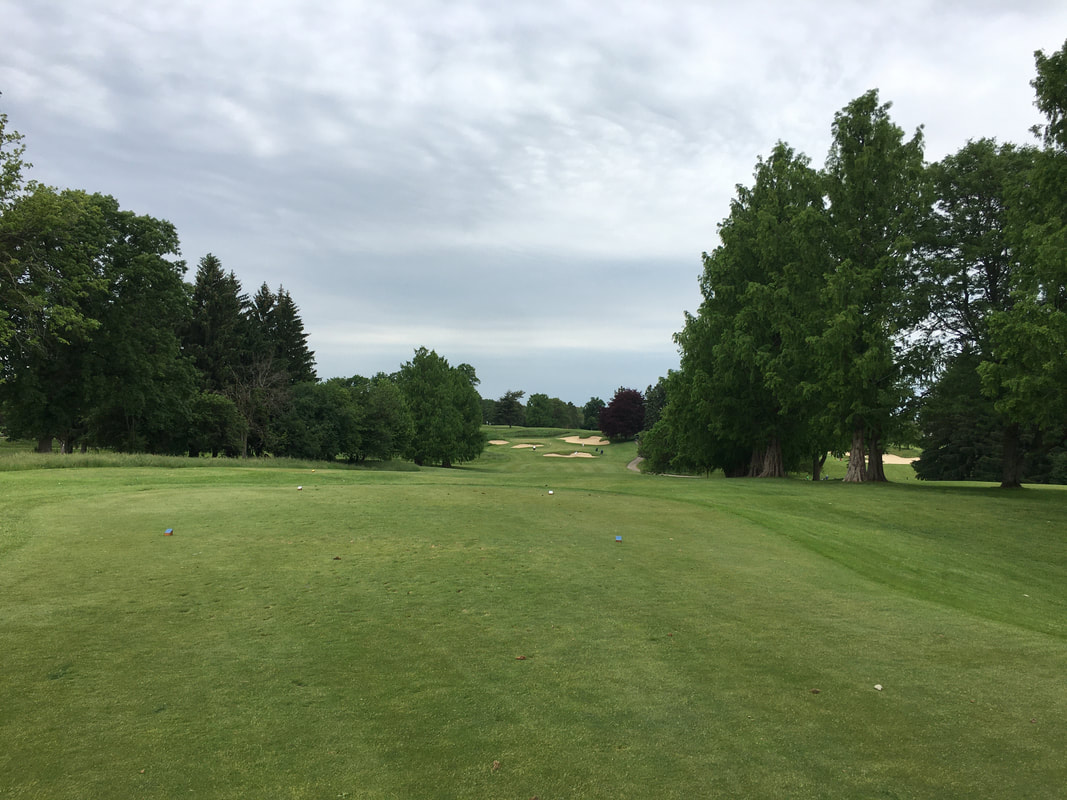
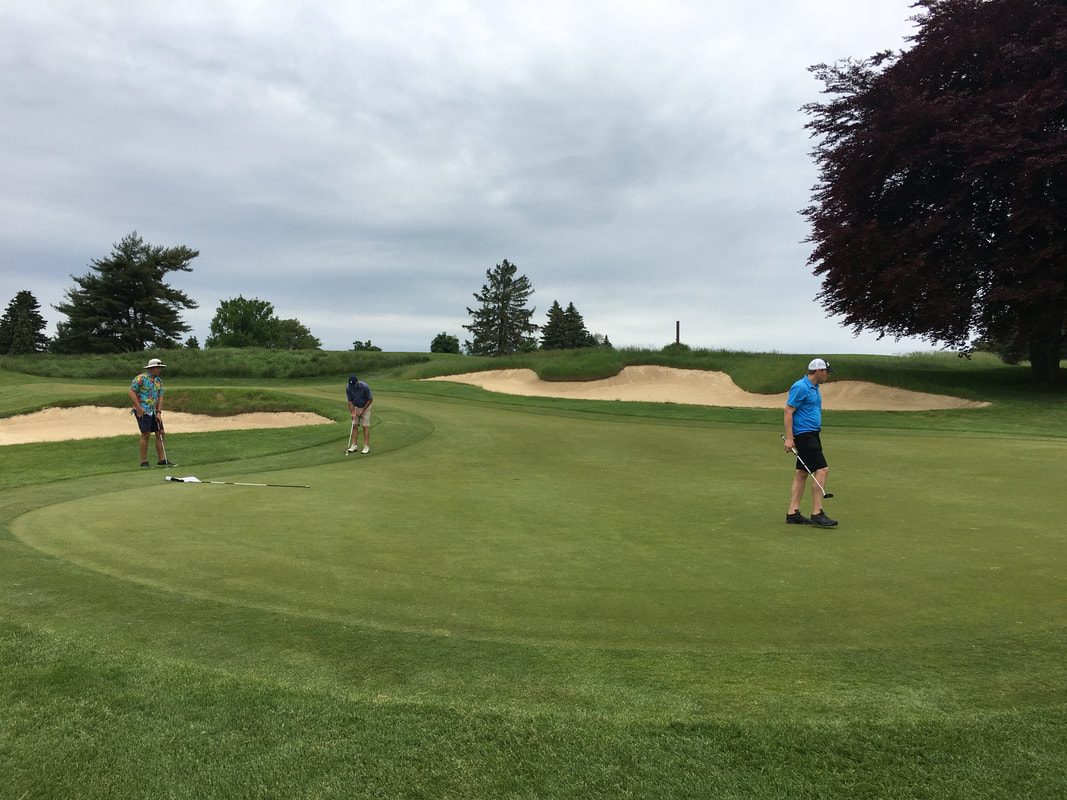
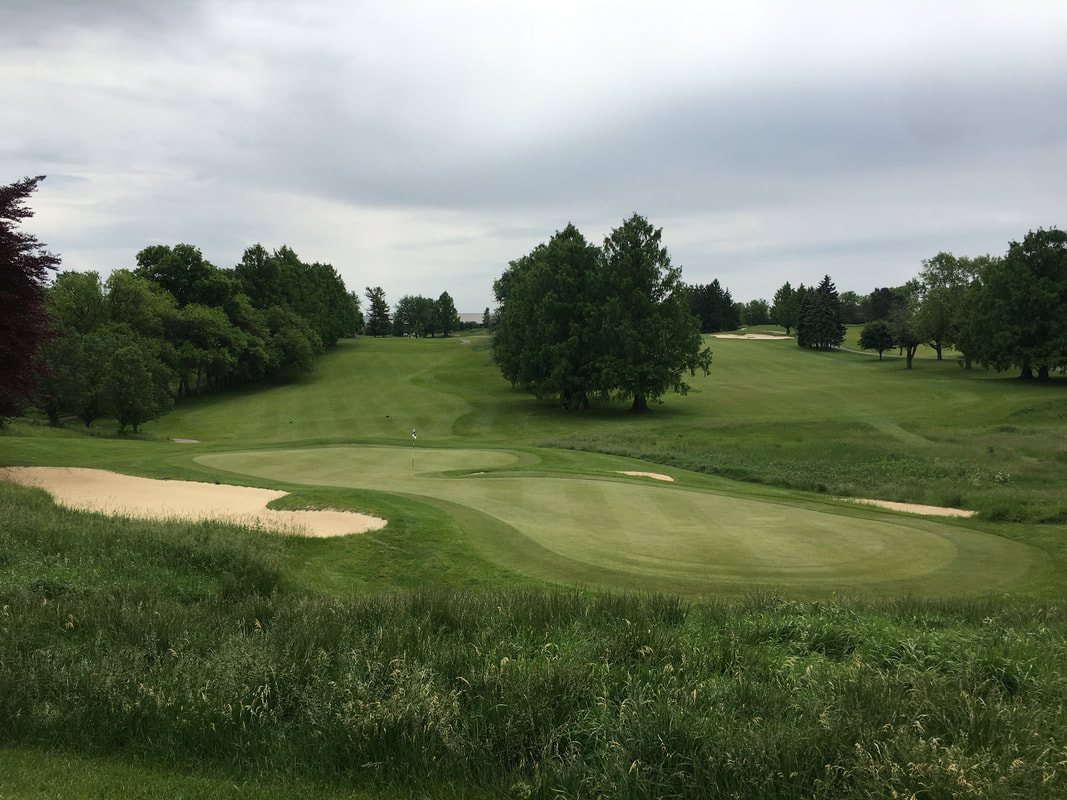
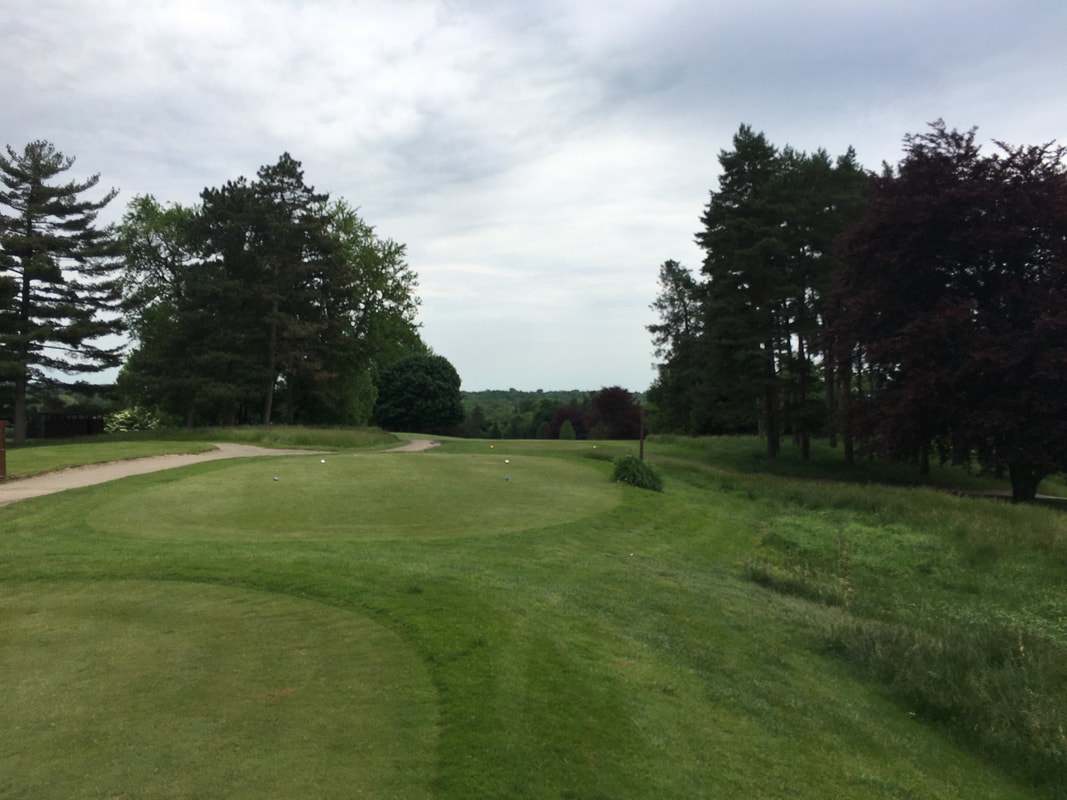
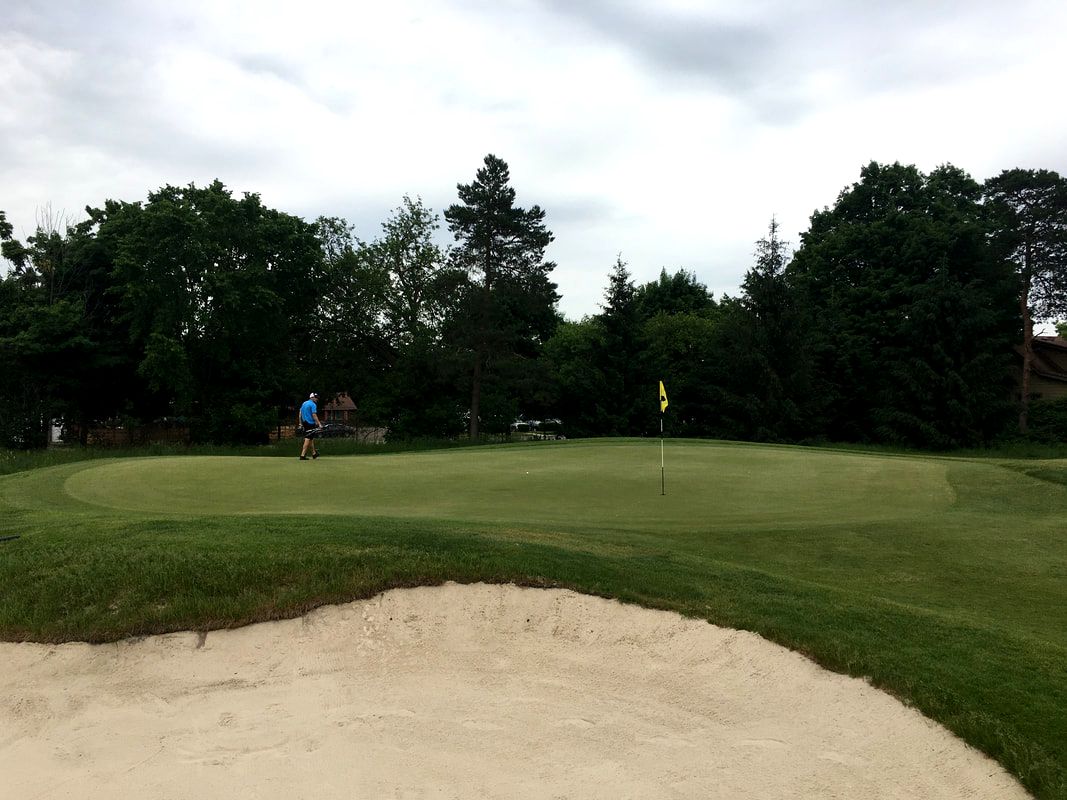
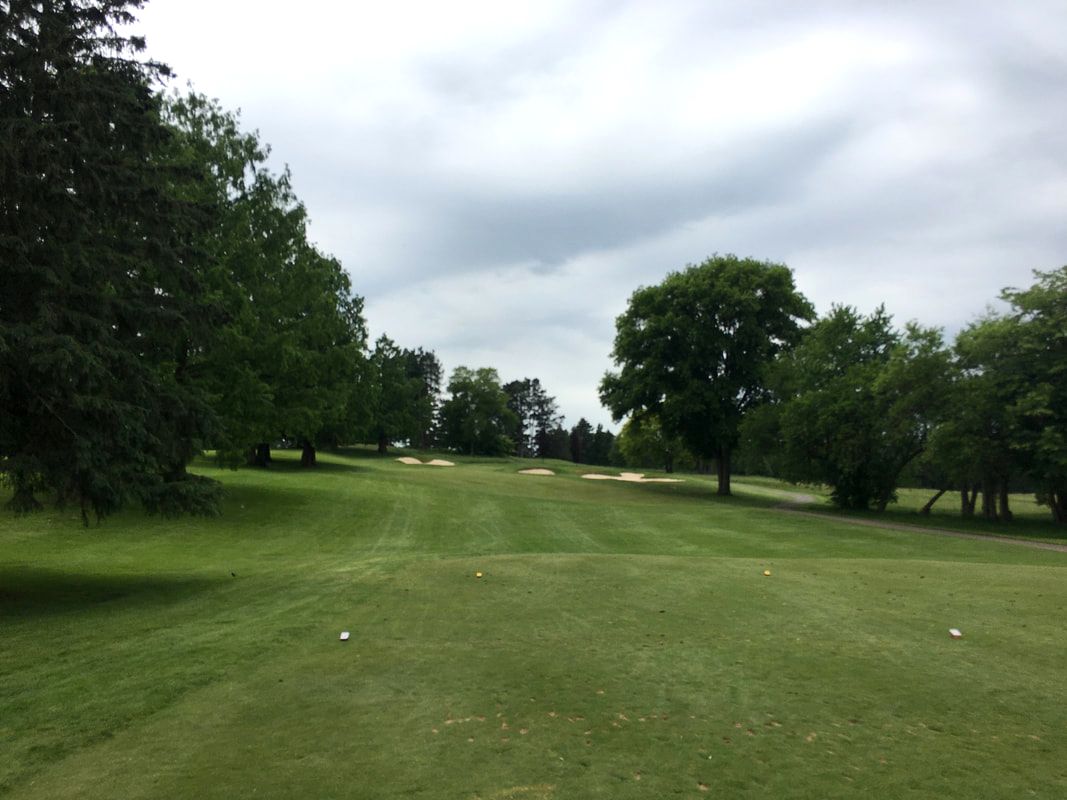
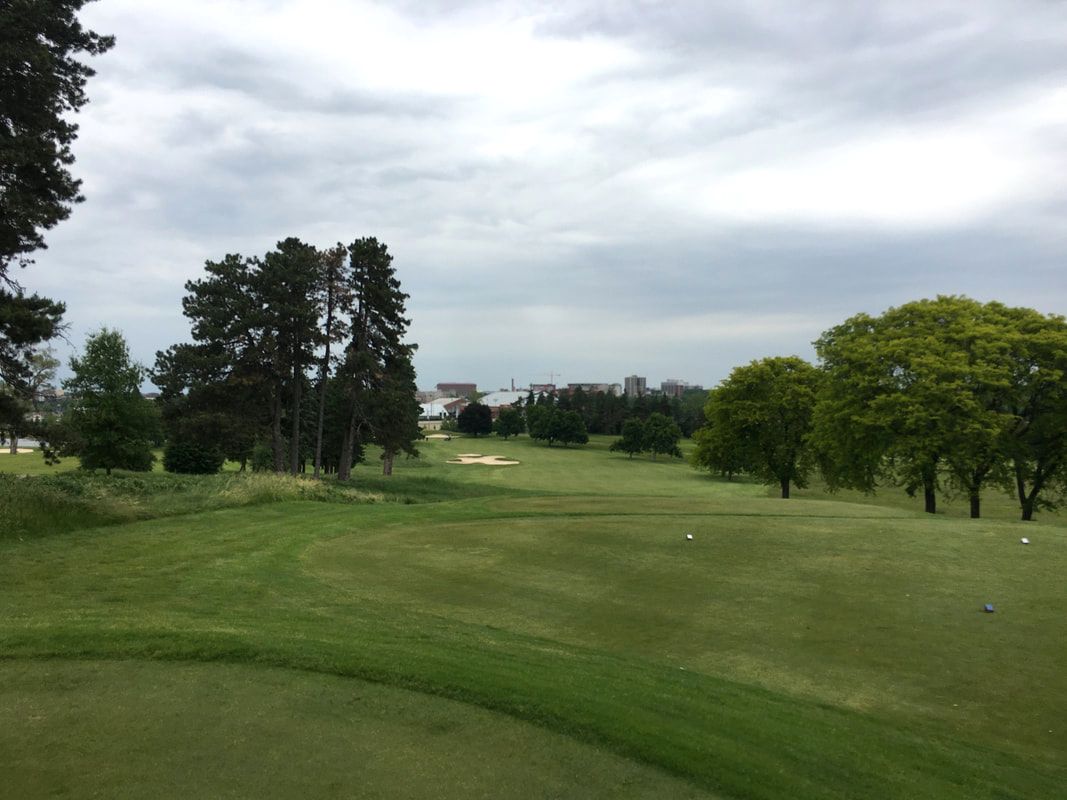
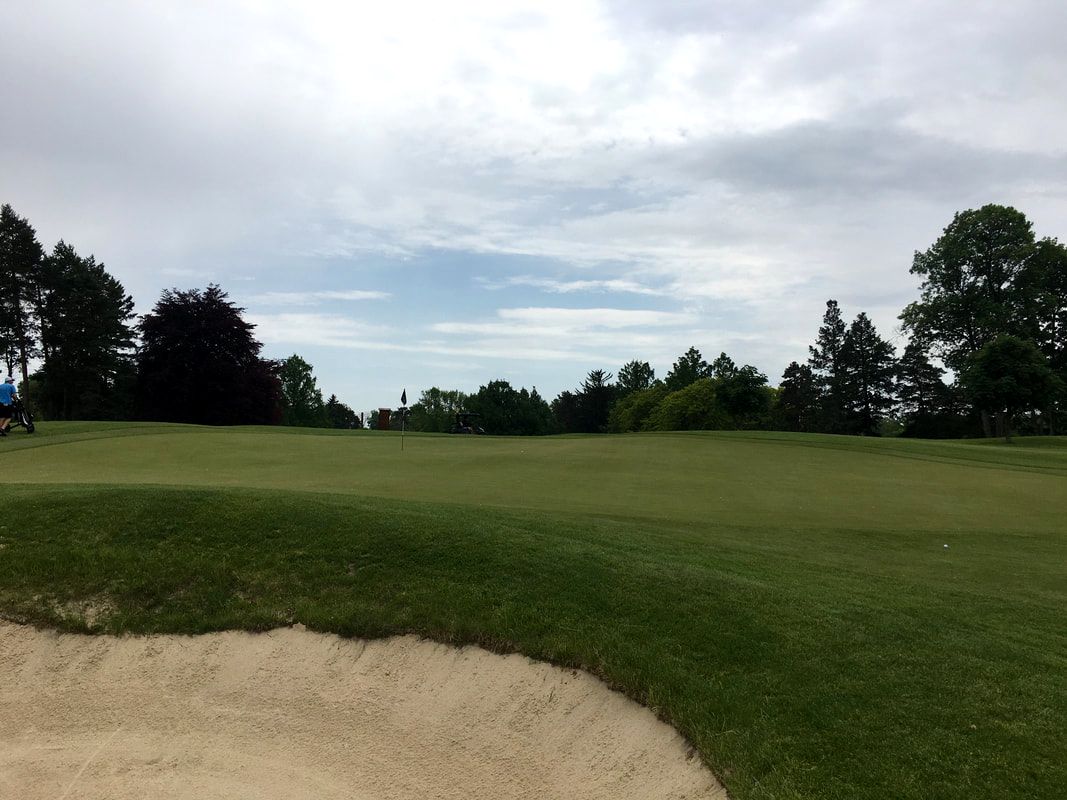
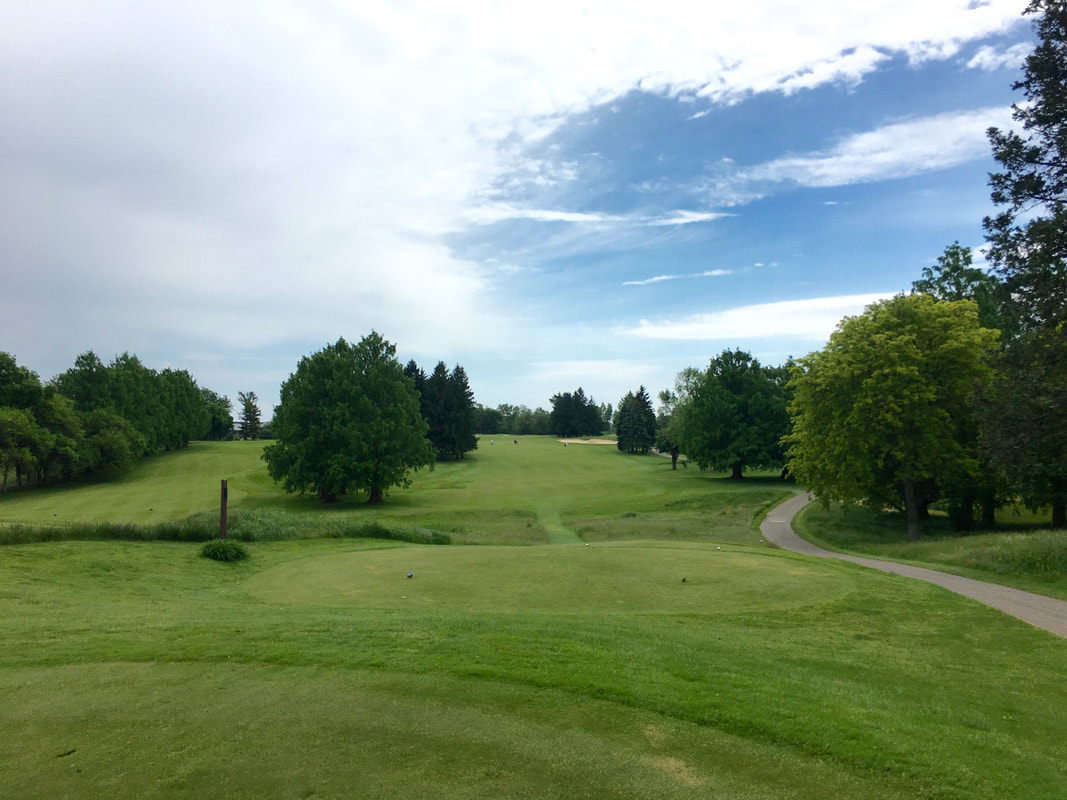
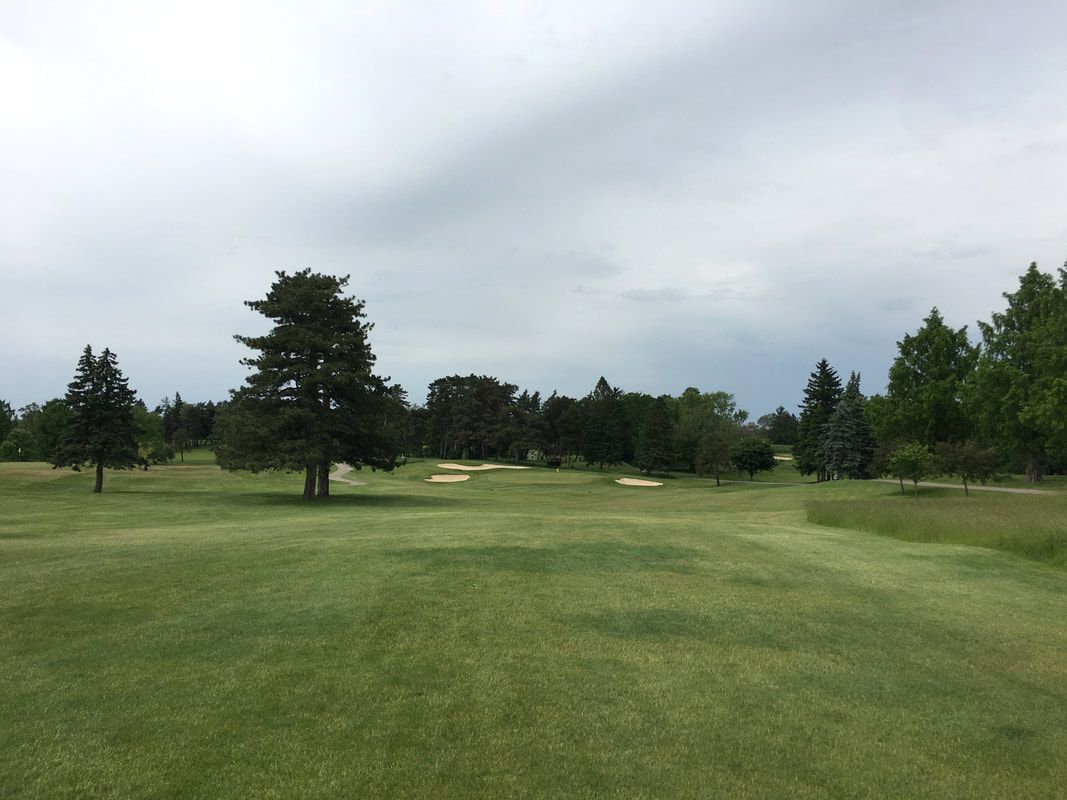
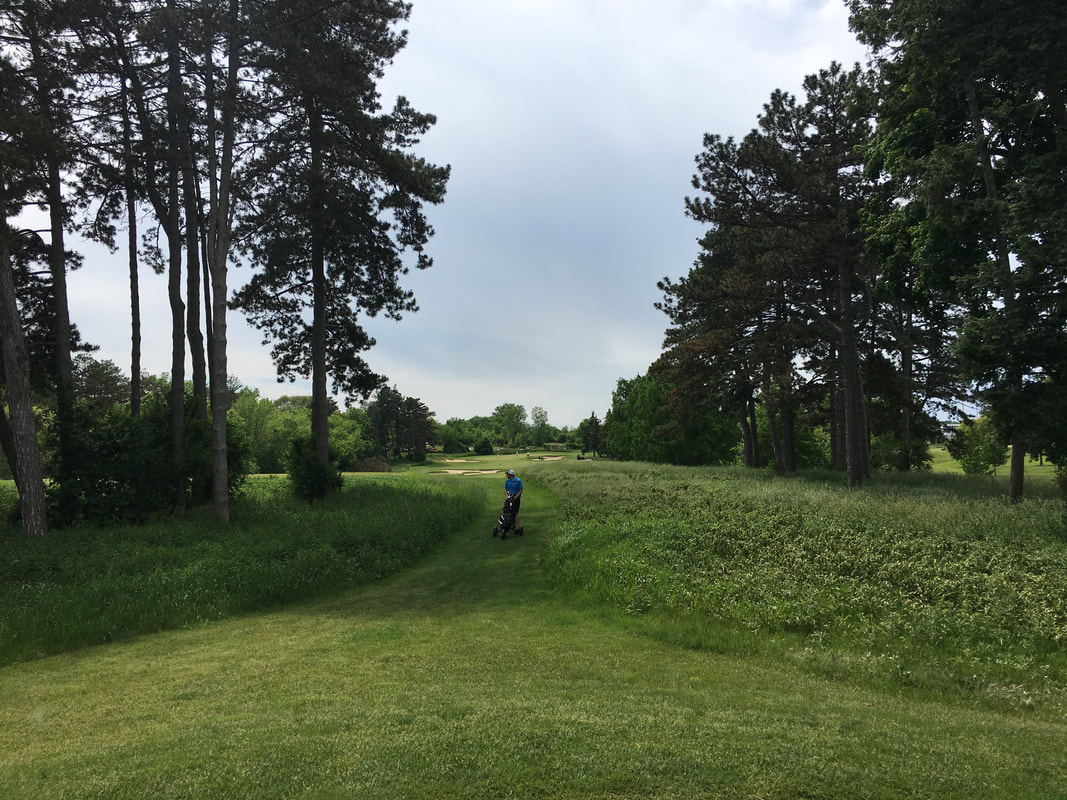
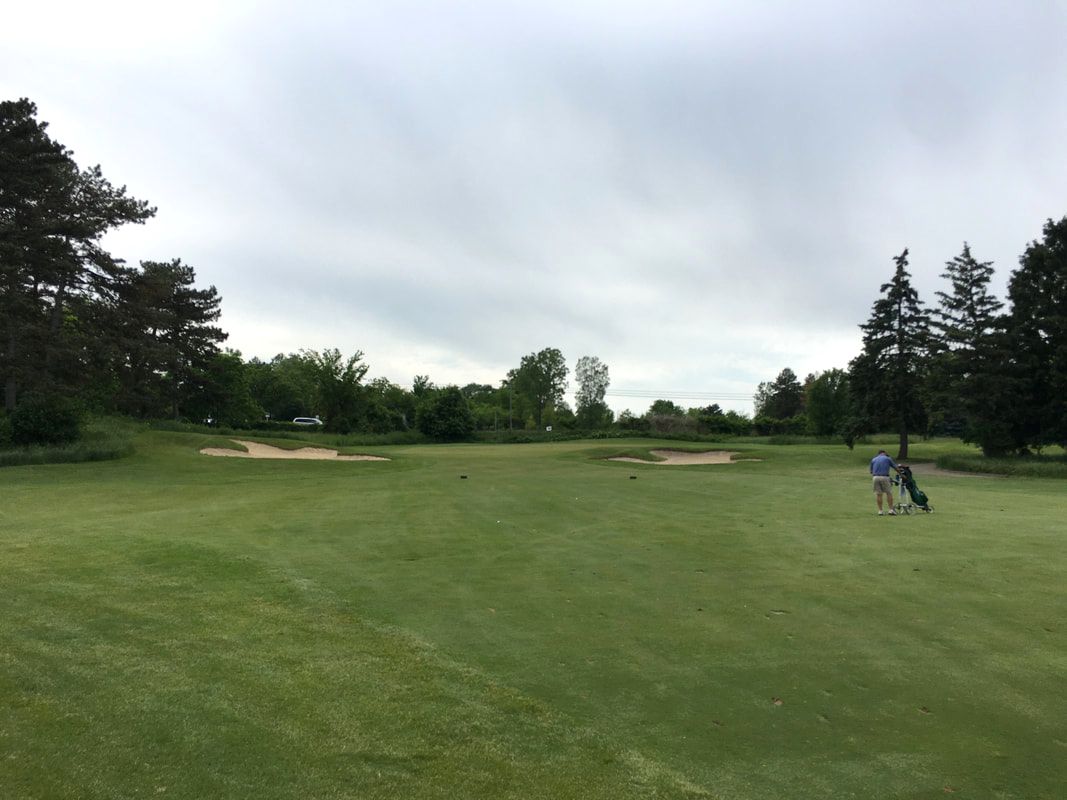
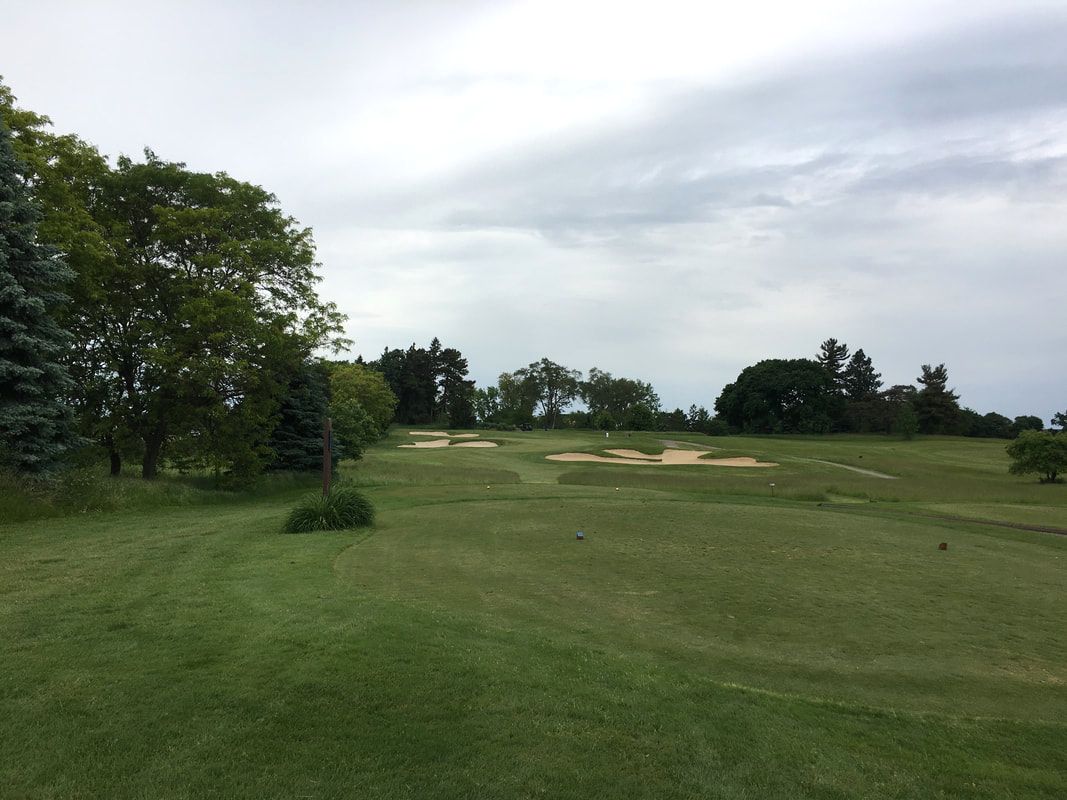
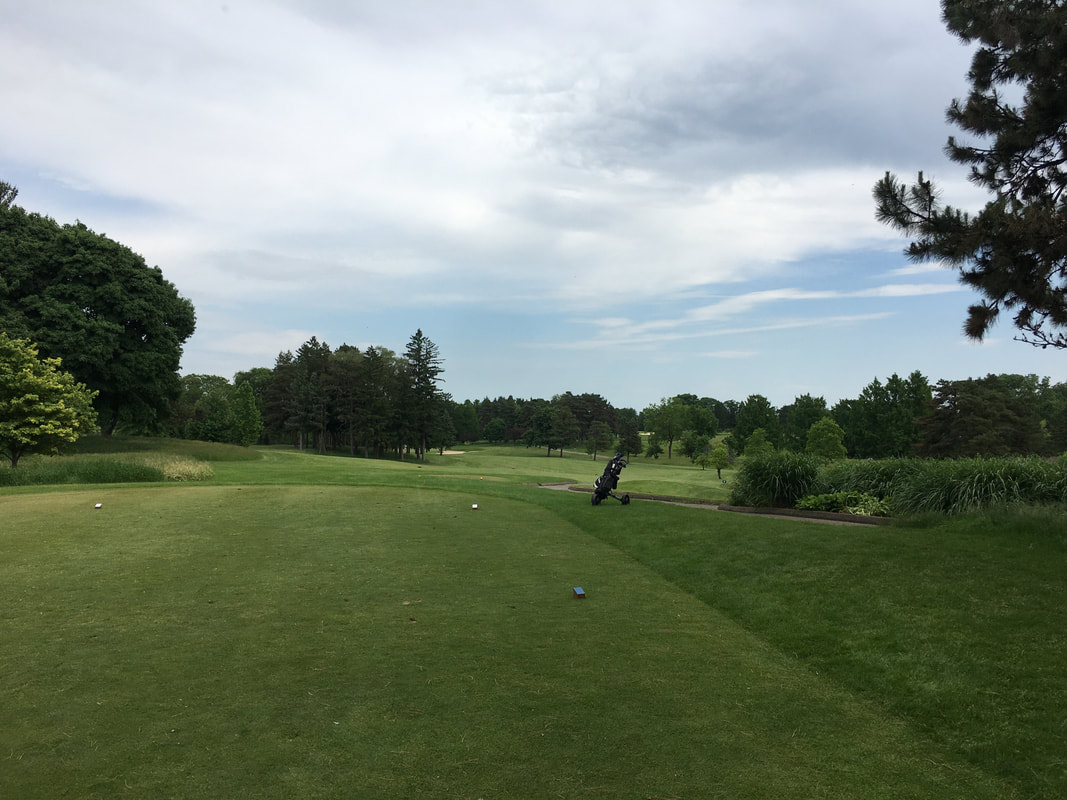
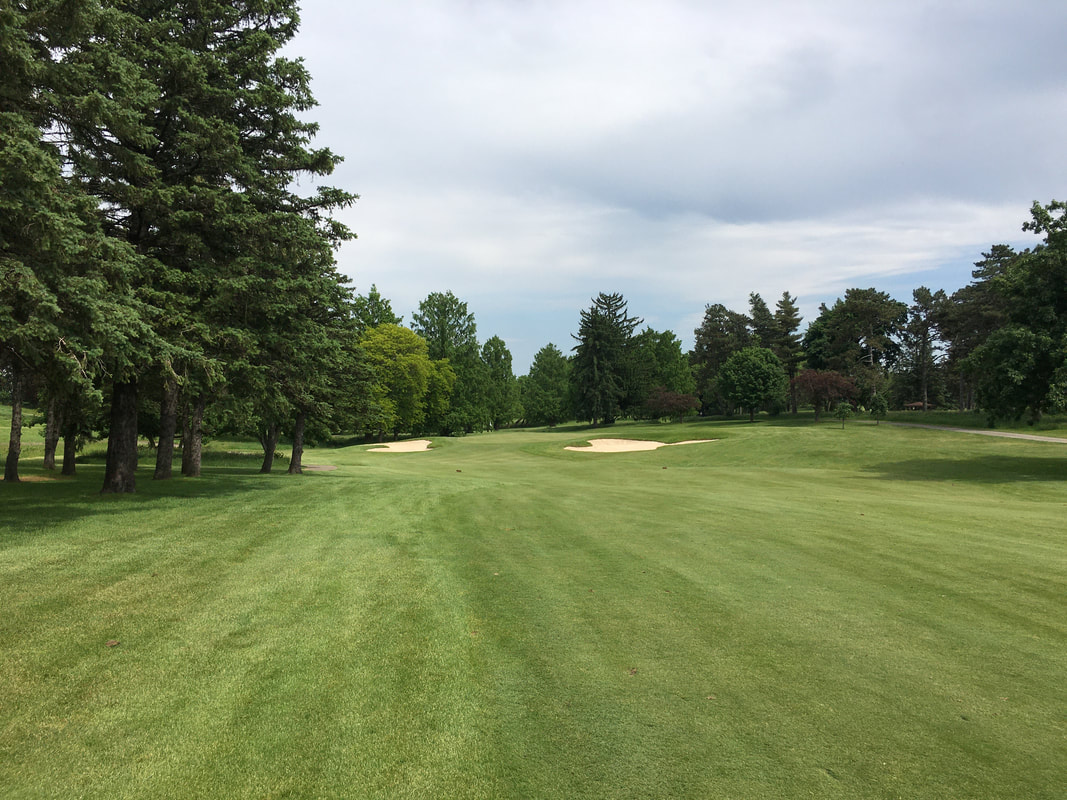

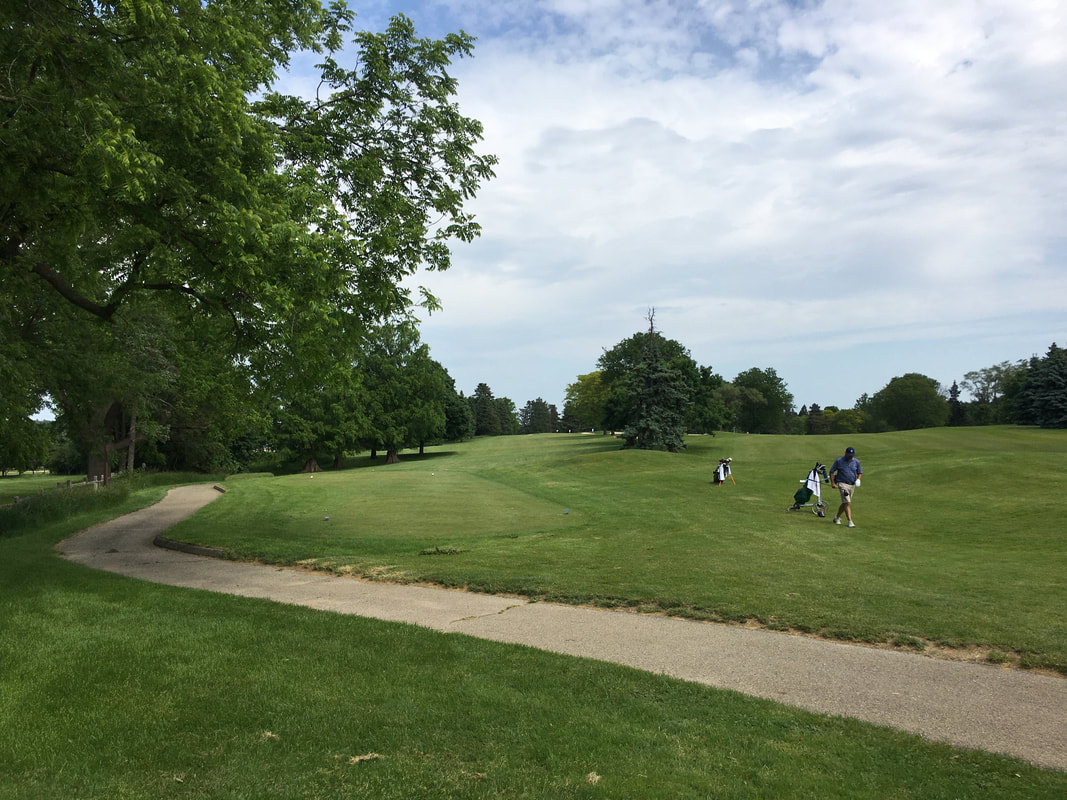

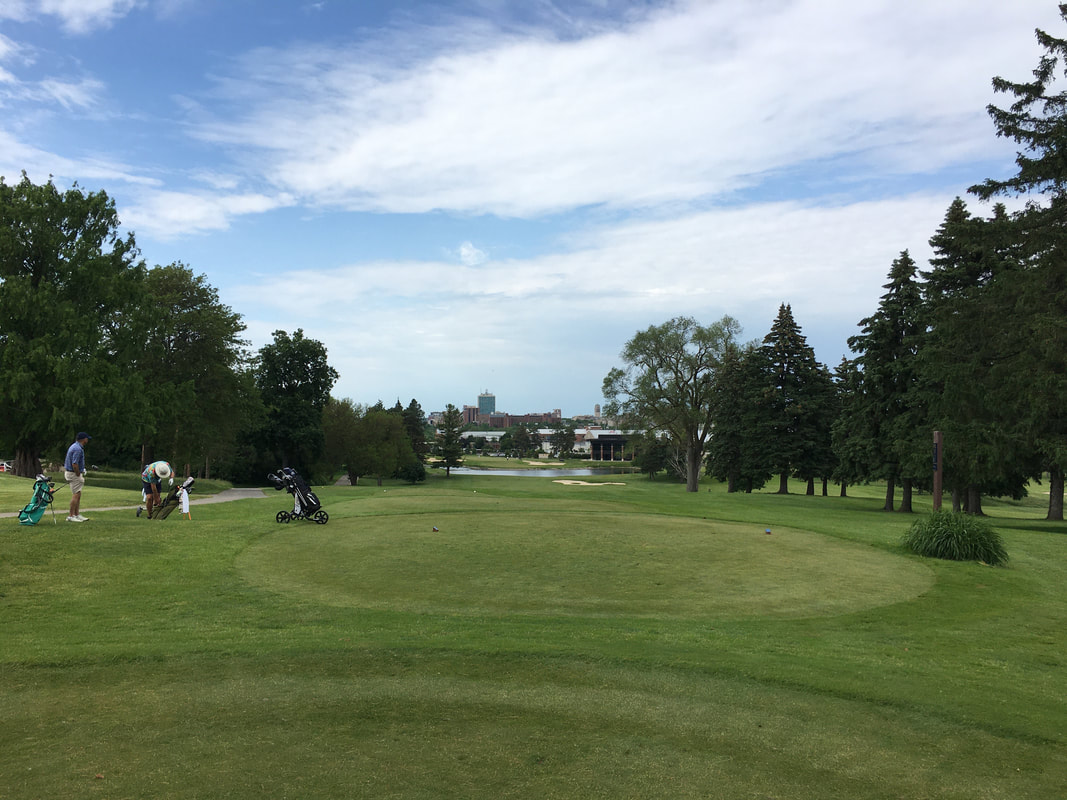
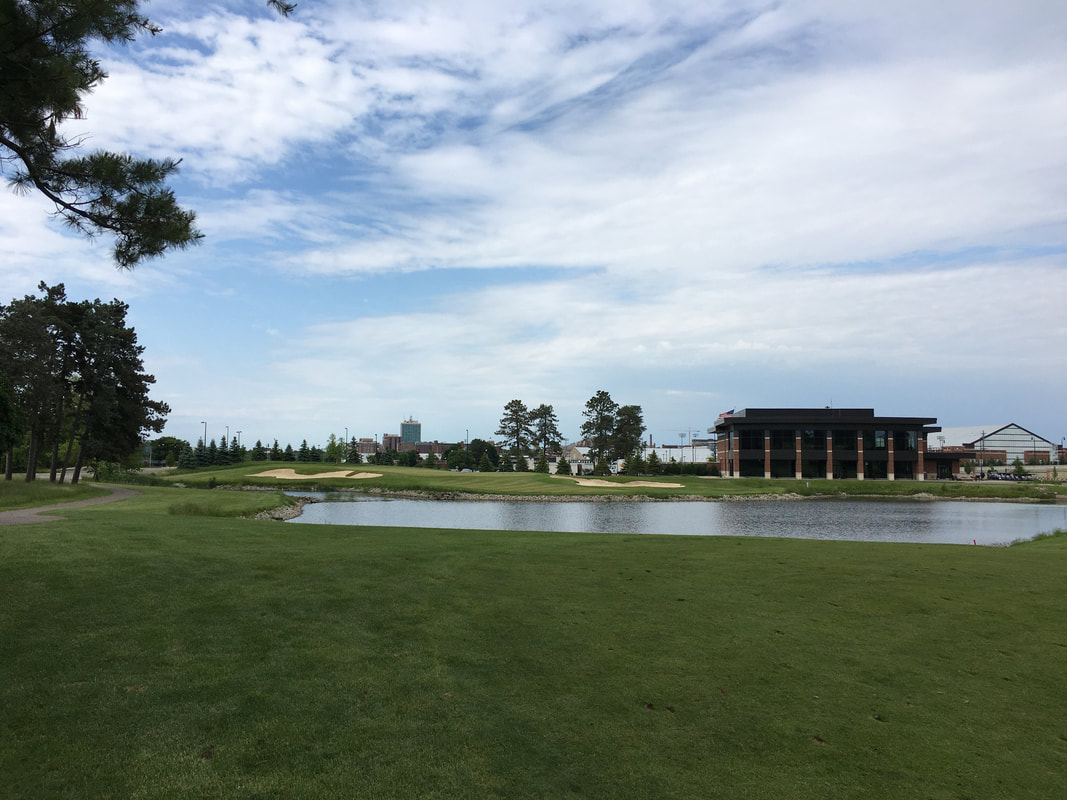
 RSS Feed
RSS Feed